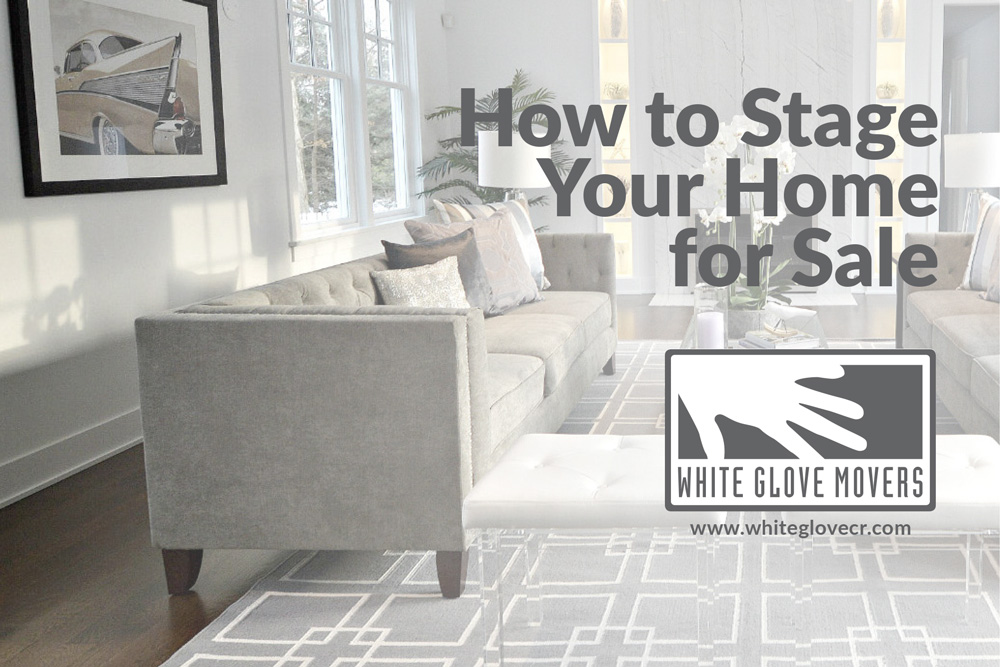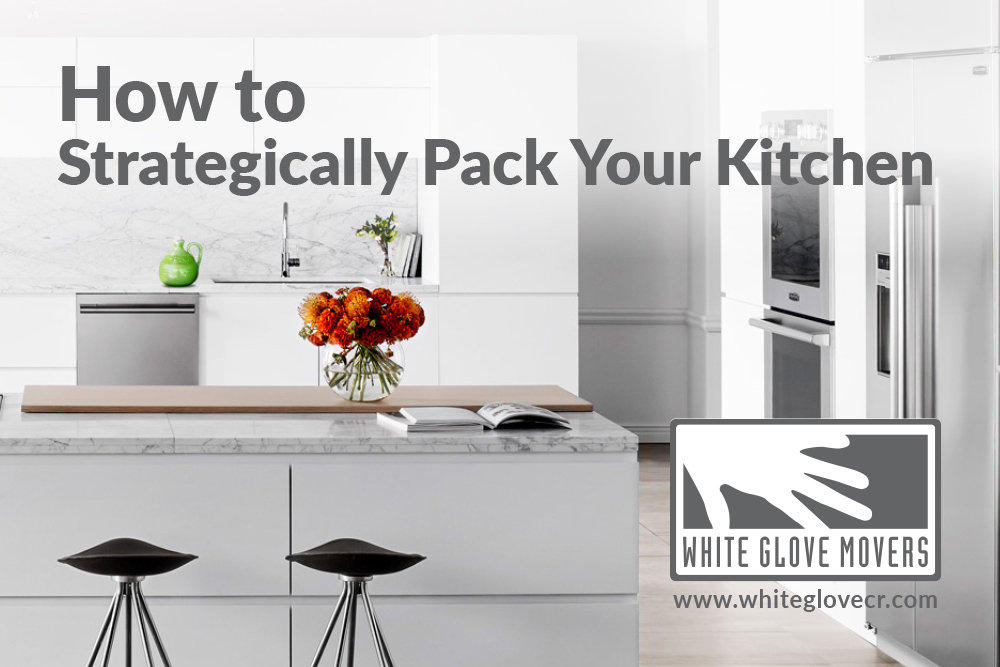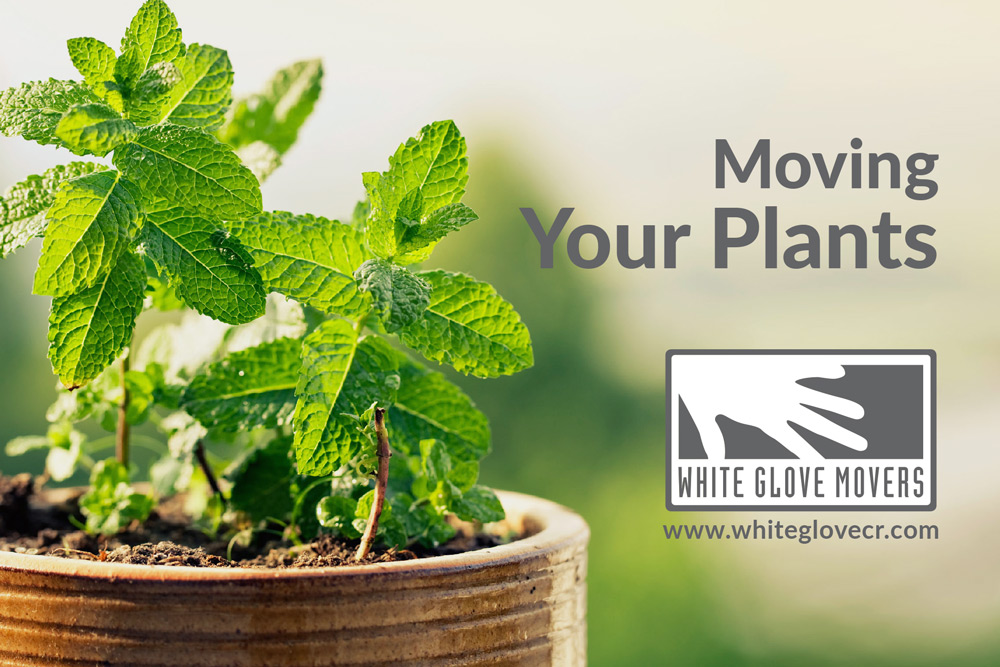If you’ve been thinking about selling your house, now is the perfect time. Of course, you are wanting it to sell as quickly as possible and receive full asking price, so let’s walk through a few tips to help you do just that!
- Curb appeal. Simply put, this is the outside appearance –This is vital since it is the first thing a buyer sees when pulling up to your home. You’ll want to make sure the grass is mowed, the siding and windows are clean and maybe plant (or trim) a few flowers or bushes. And let’s not forget the house numbers. They should be easily visible.
- Clean, clean, clean – You’ve won the buyer over with the front yard, keep the momentum going when they walk in. If you have tile, clean the grout. Make sure the floors are vacuumed or mopped, the windows are clean and the sink is wiped out. Don’t forget the stove!
- No clutter – This means to pack up anything you do not need. Winter coats in the closet and you are selling in the spring? Pack them away. If your mantel is the keeper of all family photos and your collection of vacation mementos, put them in a box. You want every room in the house to portray as much space as possible. There’s a fine line between the lived-in look and currently living in look.
- Give your dining room table a little flare – If your table is large, consider a few small clusters of flowers or other table-scape features. You want it to look inviting, not sparse.
- Rearrange the furniture – Make sure your furniture is as symmetrical as possible, this makes it visually appealing as well as cozy.
- Neutral colors work best – Your inner artist does amazing things with color, but when it comes to selling your house a potential buyer wants to be able to imagine their own inner artist ability. For some, thinking about repainting over a dark green accent wall could be too much.
- No toys – While most people understand and probably have children, a new home means new possibilities and if they see a child’s play area or a child’s room can be clean and organized, it might just help them see their own potential.
- No ‘storage’ rooms – If your office is also your storage room and you walk a fine patch from the door to your desk, it’s time to move things out. You want to show purpose for every room and your home office could be their guest bedroom, they just need to see the space.
- Pets and their smells – You love your pets, but the people trying to decide to buy your house is not there to be aware of their existence. If you have a cat, be sure the litter is clean and not visible. The carpets should be professionally cleaned as well, especially if there have been any accidents. If it’s possible to replace them, consider it.
- Outside living – For some people the backyard will sell a house. If you have an outdoor seating area, fire pit or pool, make it look as attractive as you did the inside.





